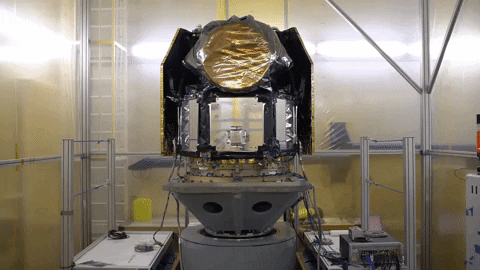Vibrations can be periodic with specific wave intervals, like pendulums in mechanical clocks. Or they can be random, such as vehicle suspensions responding to a rough gravel road. Vibrations can also happen to static devices like electronic equipment sitting on a shelf where external forces cause them to shake. They can also occur in mobile equipment such as engines and fans that produce internal forces, causing them to vibrate.
Many mechanical vibrations are desirable outcomes of planned design. Loudspeakers are good examples where vibrations are intentional to produce sound. However, some vibrations are undesirable and result from improper design or fair wear and tear on equipment out of balance or improperly tuned.
Whether vibrations are intentional or unintentional, there are precise vibration testing services and vibration testing standards available to verify parameters. These vibration testing facilities can determine whether oscillations are inside or out of tolerable range.
Vibration testing allows designers, engineers, and manufacturers to know what stress limits their product can withstand.
Testing through vibrations ensures the product is qualified for its intended purpose and meets safety and regulatory standards, as well as complies with any International Standards Organization (ISO) requirements.
Part of due diligence in vibration testing determines fatigue testing, failure limits and structural integrity screening.










